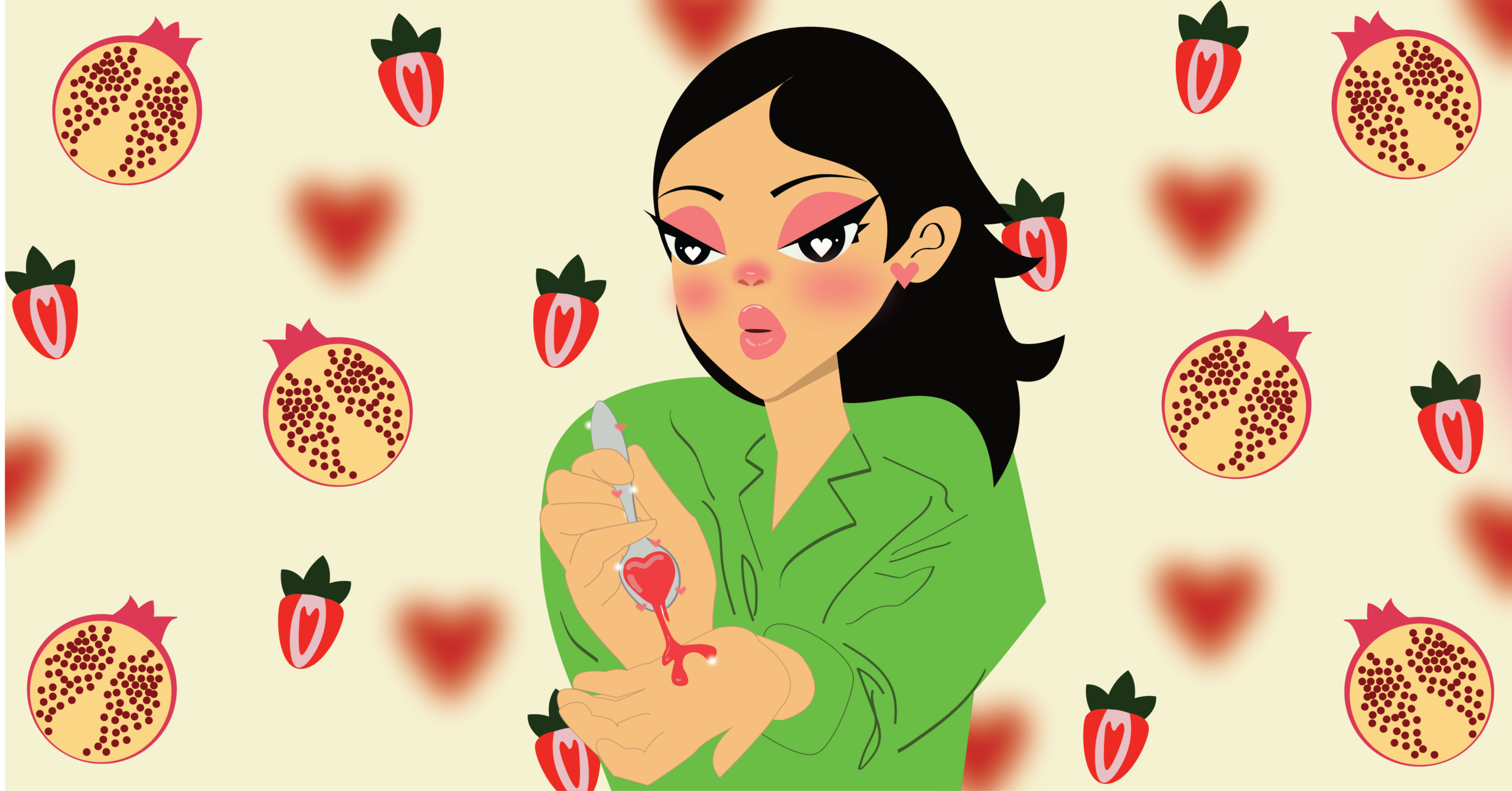Chocolate boosts sex drive? Unwrapping the science behind lust and attraction
Once used to treat fertility issues, aphrodisiacs are now popular gifts that set the Valentine’s Day mood.
Aphrodisiacs do not come in the form of love potions, as commonly depicted in media. According to the Merriam-Webster dictionary, an aphrodisiac is “an agent (such as a food or drug) that arouses or is held to arouse sexual desire [and enhance sexual performance].” The term is a derivation of Aphrodite, the name belonging to the ancient Greek goddess of love.
How exactly do aphrodisiacs affect the body, and is the effect as pronounced as it is made out to be? The central nervous system responds to external stimuli through touch, smell, and brain receptors, and thereby regulates sexual desire (libido).
However, there are three groups of aphrodisiacs that each produce different effects on the body. The first group immediately improves the health or wellbeing of the consumer with a surge of nutrients and increases libido and sexual performance. The second group demonstrates time-specific physiological effects that, like increased duration of sexual activity by numbness of the genital area. The last group is composed of neurotransmitters, hormones, and drugs—aphrodisiacs that affect mental processes and behaviour. For example, dopamine and serotonin neurotransmitters—chemical messengers in the brain that induce feelings of pleasure—may lead to greater arousal, genital reflexes, and copulation (sexual) instincts.
Foods that contain aphrodisiacs—or are aphrodisiacs themselves—include truffles, oysters, and chocolate.
Truffles are a well-known delicacy—the fruiting body of a type of fungus with an enticing smell. The steroidal compound in truffles has been recognized as a pheromone (stimulating scent) that could lead to an increase in sexual arousal in women.
Oysters, seemingly unexpectant animal-based aphrodisiacs, contain zinc, an essential mineral for the production of testosterone (male sex hormone) and sperm. Additionally, oysters contain specific molecules that make proteins (amino acids) and serotonin, both of which assist the neural pathway of the pleasure response. This significantly influences an individual’s sexual arousal and desires.
Finally, perhaps the most common and popular aphrodisiac worldwide: chocolate. From Hershey’s Kisses to Godiva, chocolates can vary in levels of sweetness, aroma, and presentation. Containing biogenic amines and cannabinoid-like fatty acids, chocolates are linked to increased serotonin levels in the brain. Additionally, chocolate consists of appealing sensory characteristics, such as an attractive aroma and unique flavours.
Some studies support the use of certain natural sexual enhancers, but more research is needed to expand on the benefits and drawbacks of plant-based, animal-based, and lesser-discussed cannabis-based aphrodisiacs.

